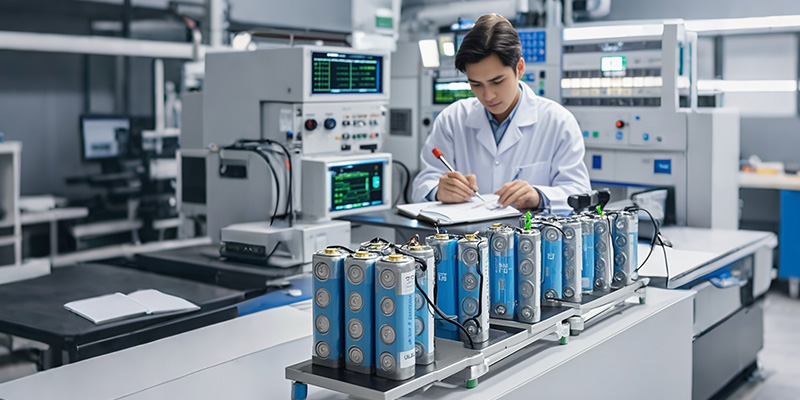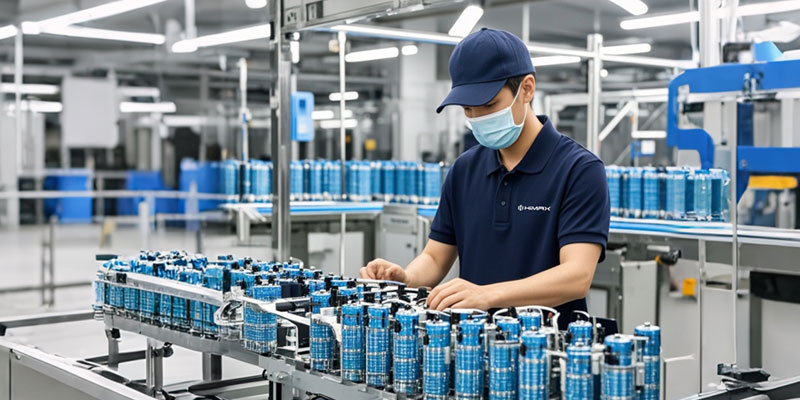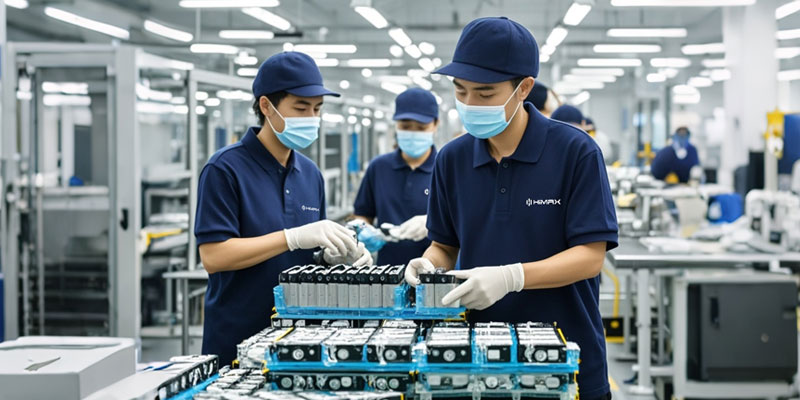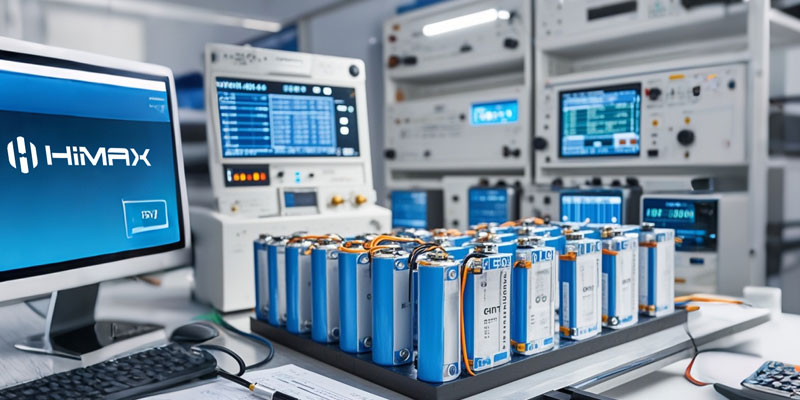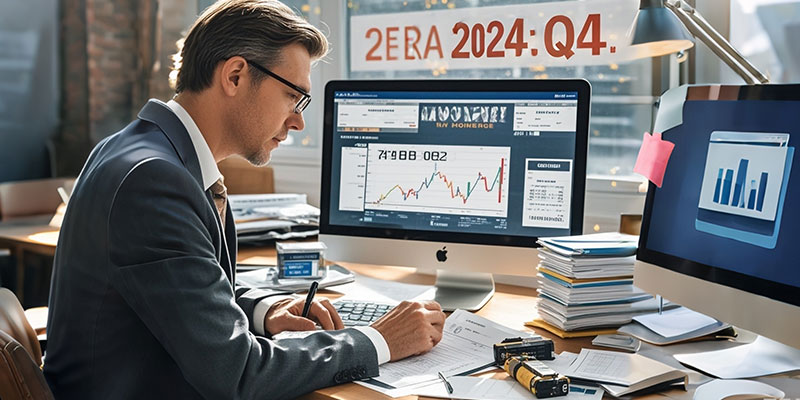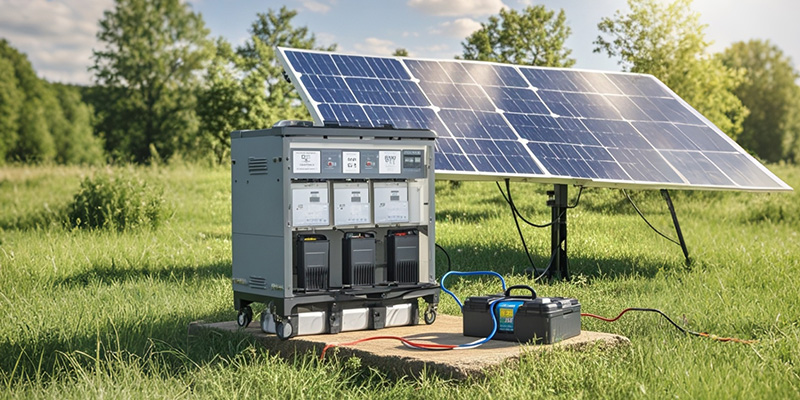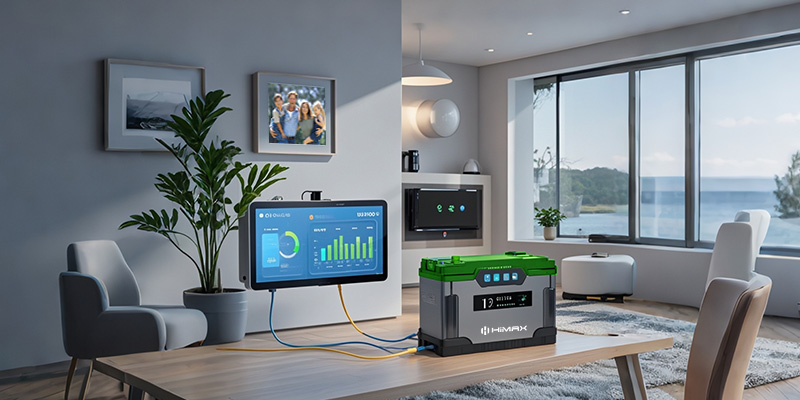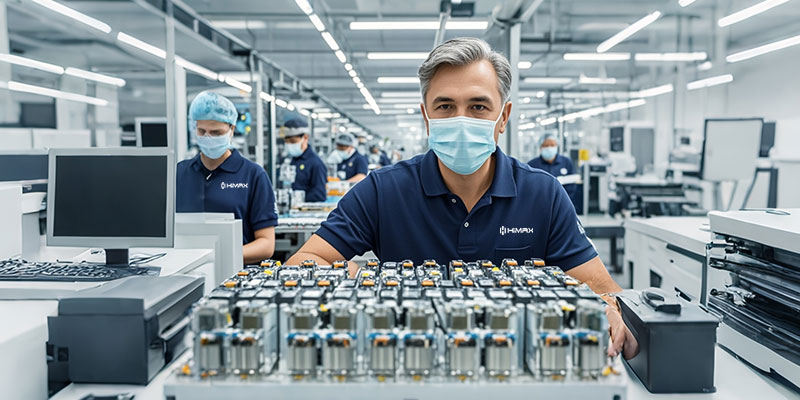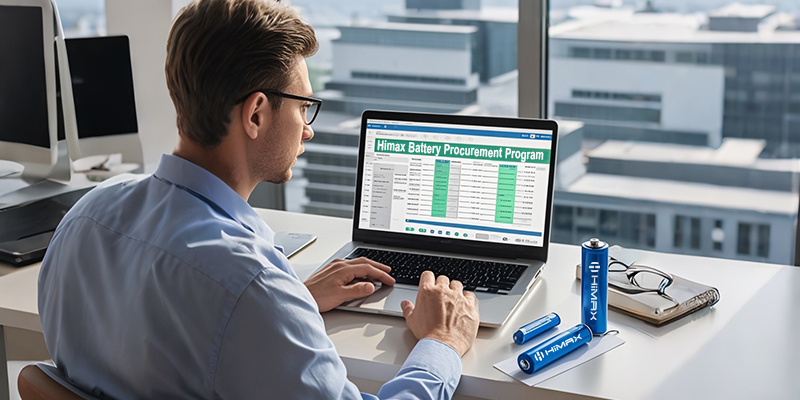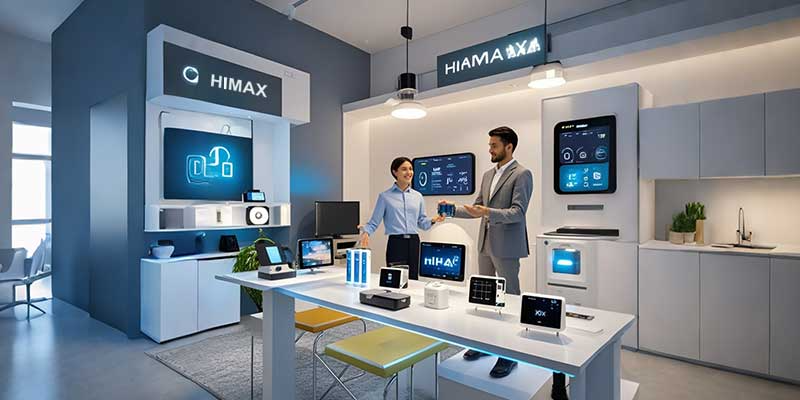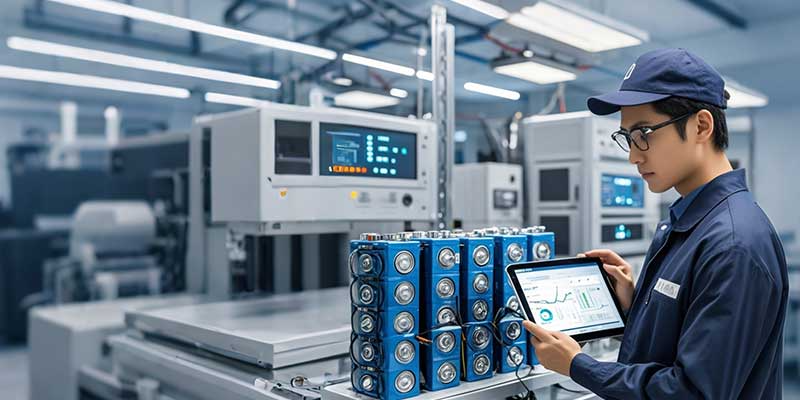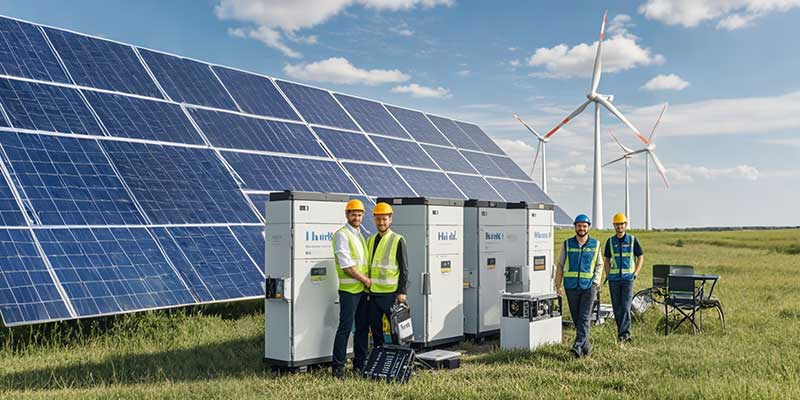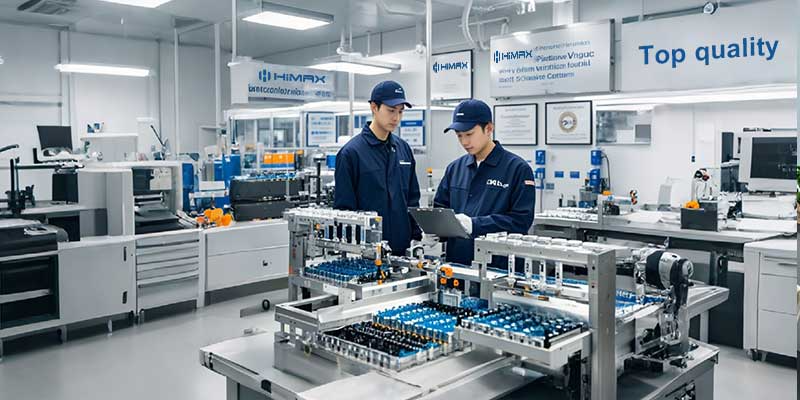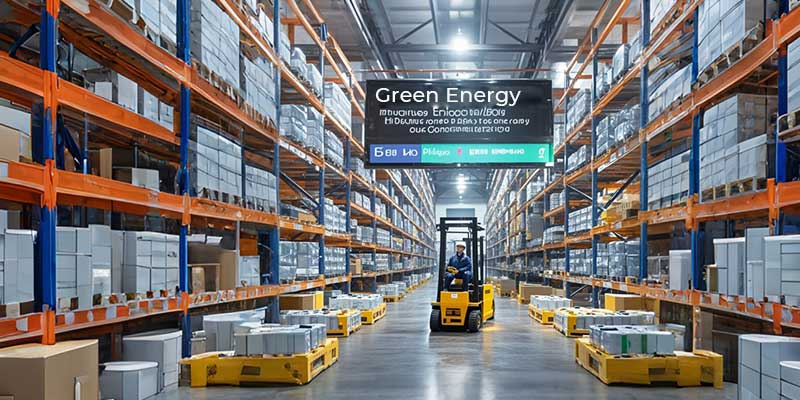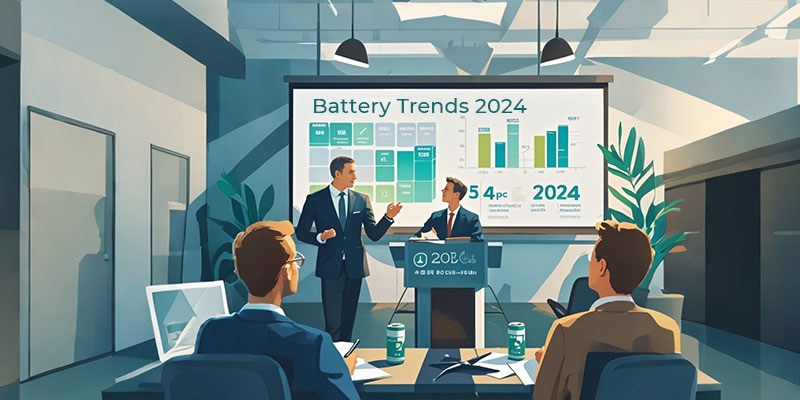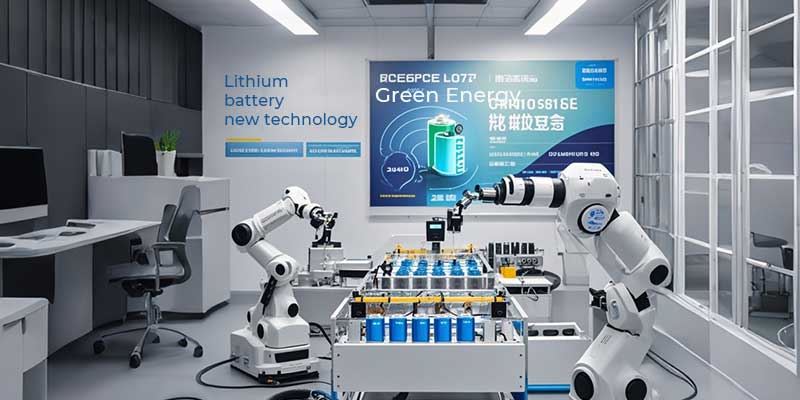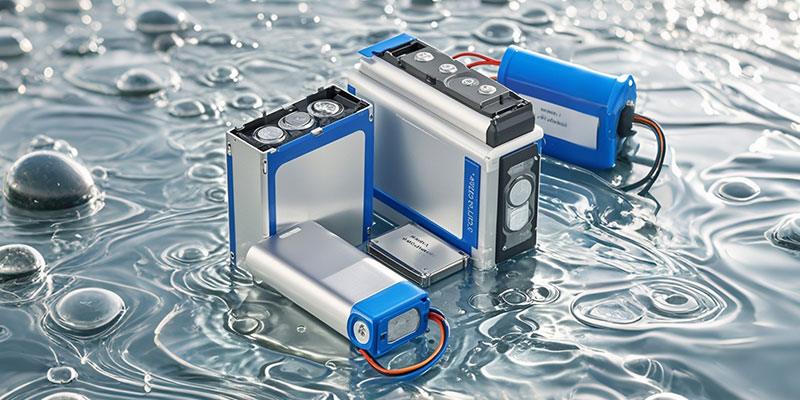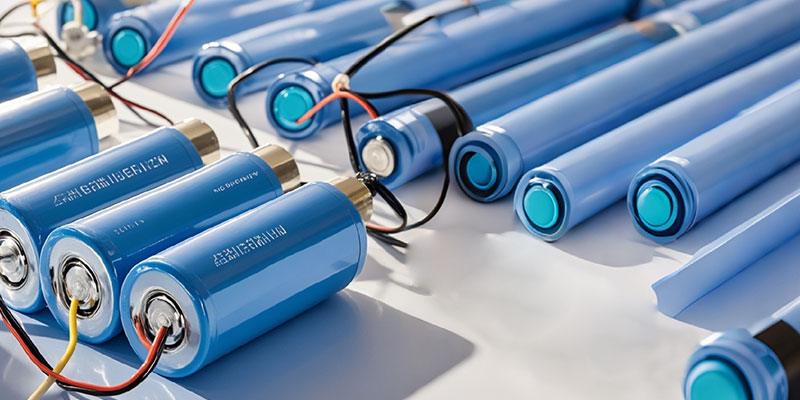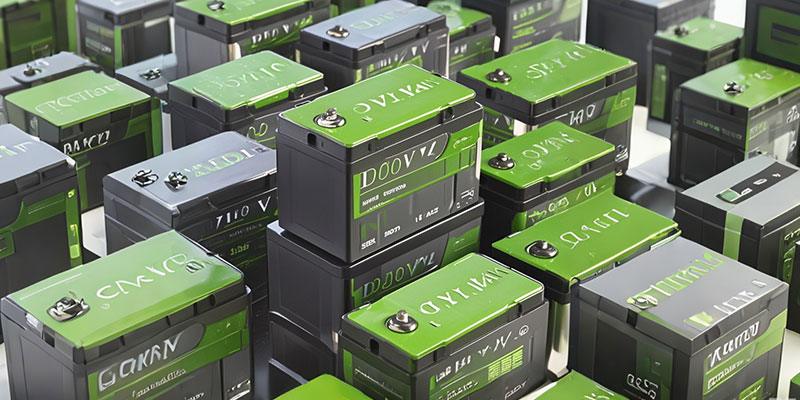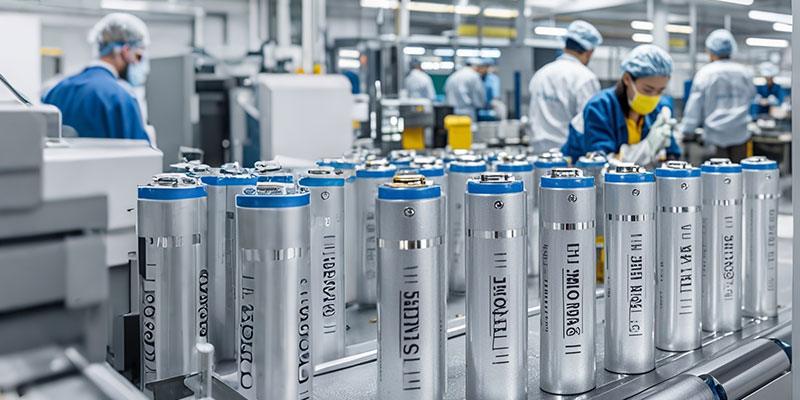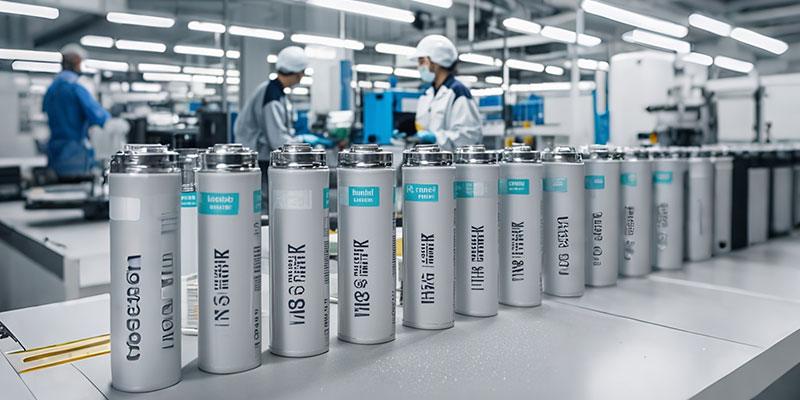In industries where reliability, efficiency, and safety are paramount, having the right power solutions is critical. Off-the-shelf battery packs may not always meet the unique demands of specialized sectors like defense, aerospace, medical, and industrial applications. This is where custom Li-Ion battery packs become essential, enabling businesses to achieve optimal performance tailored to their specific needs.
For companies looking to maximize the performance of their operations through custom battery solutions, Himax Battery stands out as a premier choice. With extensive experience in the design and manufacturing of complex battery systems, Himax is a trusted partner for businesses across high-demand industries.
Why Custom Li-Ion Battery Packs Matter for B2B Buyers
When it comes to high-performance industries, standard battery packs often fall short in providing the power, reliability, and adaptability required. Here are several key reasons why custom Li-Ion battery packs are indispensable for businesses in defense, aerospace, medical, and industrial sectors:
- Optimized for Specific Applications:Custom battery packs are designed with your specific application in mind. Whether you need longer battery cycles for medical devices or high-power density for defense equipment, a tailored solution ensures that the battery performs optimally within your operational parameters.
- Enhanced Safety and Compliance:Industries like aerospace and medical require batteries that adhere to strict safety standards and certifications. Custom-designed battery packs ensure that safety features such as thermal management and fail-safe mechanisms are integrated according to the specific requirements of your industry, reducing risks and ensuring compliance with regulatory standards like CE, RoHS, UL, and FCC.
- Superior Performance and Longevity:Custom Li-Ion battery packs are built to meet the exact specifications of your equipment, improving overall efficiency and extending battery life. This leads to fewer replacements and lower maintenance costs over time, resulting in greater value for your business.
- Advanced Testing and Data Transparency:A critical advantage of custom battery packs is the rigorous testing involved in their development. Himax Battery provides comprehensive testing data with each custom battery pack, ensuring full transparency and allowing businesses to confidently integrate these solutions into their systems.
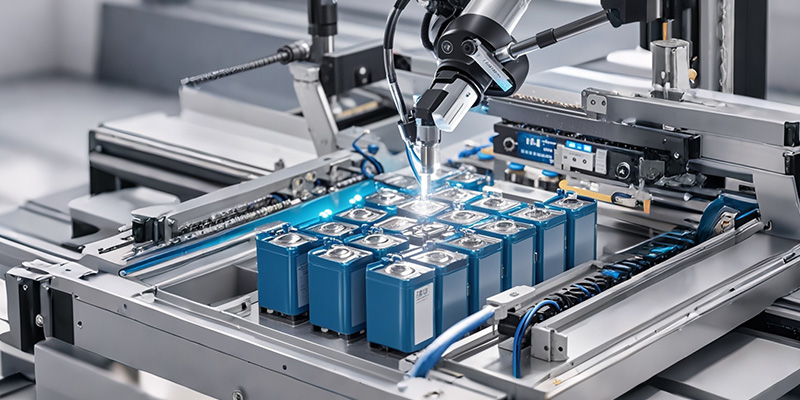
Himax Battery: A Leader in Custom Li-Ion Battery Solutions
With over 17 years of experience, Himax Battery has established itself as a leading custom battery designer and manufacturer, specializing in complex and demanding applications. From defense and aerospace to medical and industrial uses, Himax offers top-tier solutions for businesses looking to maximize performance with custom Li-Ion battery packs.
1. Expertise in Complex Applications
Himax Battery excels in creating highly specialized solutions for industries that demand the utmost reliability and performance. Whether it’s a custom battery for aerospace systems that must endure extreme conditions or a medical device that requires precise power output, Himax has the expertise to deliver.
2. Comprehensive Customization
From initial design to final delivery, Himax collaborates closely with businesses to craft battery packs that align perfectly with their specific operational requirements. Whether you need a custom Li-Ion battery, rechargeable battery components, or an entirely new battery configuration, Himax ensures that each solution is tailored for optimal results.
3. Testing and Certification
In industries where compliance is critical, Himax ensures that all of their custom battery packs are thoroughly tested and come with full certification. Their batteries meet international standards, including CE, RoHS, UL, and FCC, providing peace of mind for businesses that need to ensure their battery systems meet regulatory requirements.
4. Full Data Transparency
One of the hallmarks of Himax Battery’s commitment to quality is their provision of detailed testing data for every battery pack they design. This data allows businesses to thoroughly understand the performance capabilities of the battery, ensuring it meets all operational needs before implementation.
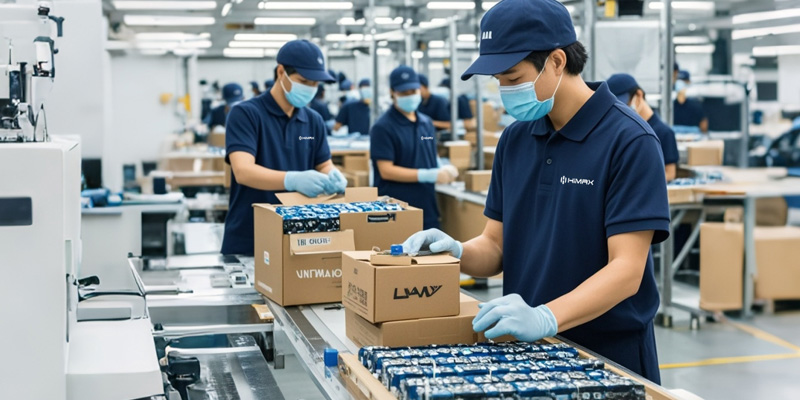
How to Choose the Right Custom Battery Pack
When sourcing custom Li-Ion battery packs, here are a few factors to consider:
- Performance Requirements:Understand the specific power needs of your application—whether it’s high energy density, longer cycles, or specific safety features.
- Regulatory Compliance:Ensure that the battery pack complies with industry standards and certifications relevant to your sector.
- Customization Options:Work with a manufacturer like Himax Battery that offers comprehensive customization, from design to performance testing.
- After-Sales Support:Ensure that the manufacturer provides ongoing support for testing, maintenance, and potential upgrades as needed.
Conclusion
In demanding industries such as defense, aerospace, medical, and industrial sectors, maximizing performance with custom Li-Ion battery packs is not just beneficial—it’s essential. Himax Battery, with its extensive experience and expertise, is the ideal partner for businesses seeking high-performance, reliable, and fully certified custom battery solutions.
For businesses looking to invest in tailored power solutions that meet their specific needs, Himax Battery offers a complete package—from design and manufacturing to testing and after-sales support. By choosing Himax, B2B buyers can ensure they are getting not just a battery pack, but a long-term energy solution that is optimized for their operations.

